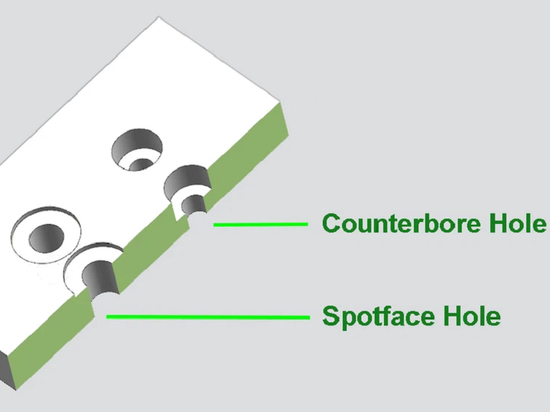
#Industry News
Heat Treatment Of Steel
The heat treatment of steel is carried out in the solid state. Heat the workpiece to a fixed temperature for necessary insulation, and then use the appropriate. The cooling rate of cooling, such a process is called heat treatment.
1. Annealing and normalizing of steel
A.annealing
The characteristic of the process of withdrawal is to heat and keep the work piece and then cool it down with the furnace. The purpose of annealing is to improve the plasticity of steel and facilitate
Forming processing; reduce the hardness of steel to facilitate cutting processing; refine the grain, uniform structure, improve the mechanical properties of steel: In addition to the internal stress of the workpiece after heating.
According to different workpieces and annealing purposes, different annealing methods are used. Common annealing methods are complete annealing and spheroidizing annealing. Fire, stress relief annealing.
B. normalizing
Normalizing is to heat the workpiece to 30-50% "C above the Ac3 fire Accm. After proper heat preservation, it is out of the furnace in the air cooling. Normalizing has a shorter production cycle than annealing, consumes less heat, and air cooling is easy to operate and does not occupy a heating furnace. Therefore, the application of normalizing is wider. The main purposes of normalizing are improve mechanical properties, improve cutting performance, and position quenching for weaving
2. Quenching and tempering of steel
A. quenching
The process characteristic of quenching is to reduce the heating of the workpiece and perform rapid cooling after heat preservation. The main purpose of quenching is to improve the hardness of steel Increase the wear resistance of the workpiece.
The cooling rate is the key to quenching. If the cooling rate is not fast enough, the austenite will decompose and martensite will not be obtained:
However, if the cooling rate is too fast, it is easy to quench cracks for some steels and workpieces. This kind is just necessary to obtain all martensite. The minimum cooling rate of the whiskers is called the critical cooling rate.
The critical cooling rate of quenching varies with different steels. The critical cooling rate of alloy steel is low and can be quenched in oil to Anti-quench cracking; the critical cooling rate of medium and high-carbon steel is high, and it must be quenched in water: the critical cooling rate of low-carbon steel is too high, one Generally cannot be hardened.
B. tempering
Reheat the hardened steel with martensite structure to a certain temperature below AcI, and cool it after proper heat preservation.
The treatment process is called tempering.
The purpose of tempering is to reduce the brittleness and internal stress of quenched steel; adjust and stabilize the crystal structure of quenched steel to obtain. Different mechanical properties required. Therefore, after the workpiece is quenched, it must be tempered in time. To obtain the expected performance, the tempering temperature is the key.
The classification of tempering is as follows:
(1) Low temperature tempering-a tool, mold, measuring tool, rolling bearing, etc. commonly used in various types of high carbon steel.
(2) Intermediate temperature tempering is commonly used in various springs and parts with higher strength requirements, such as knife bars, bushings, etc.
(3) High temperature tempering is often used for important parts with complex stress conditions, such as various shafts, gears, and connecting rods.
The heat treatment of high temperature tempering after quenching is also called quenching and tempering treatment.





